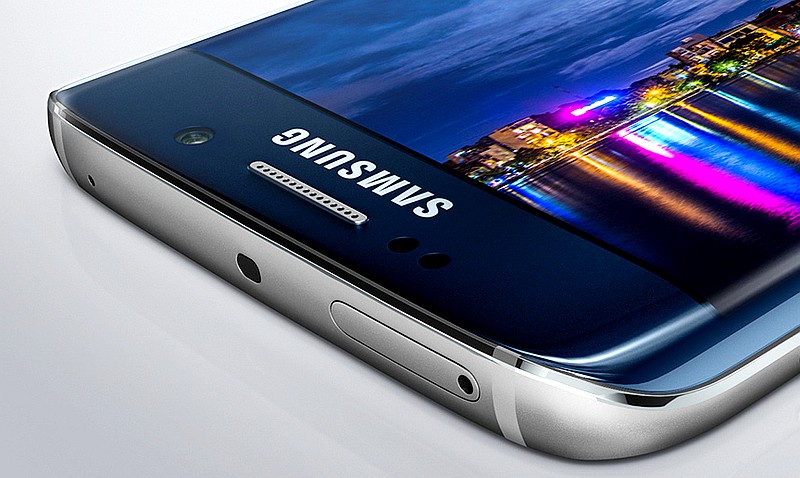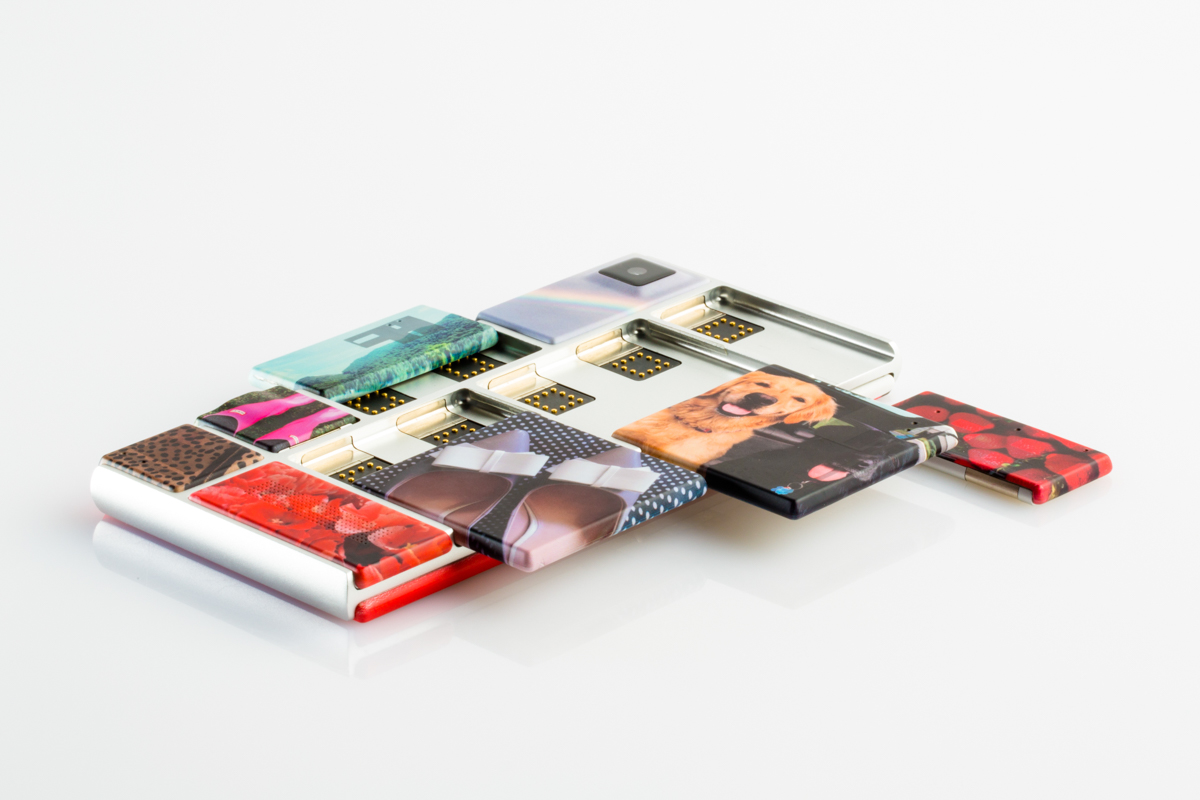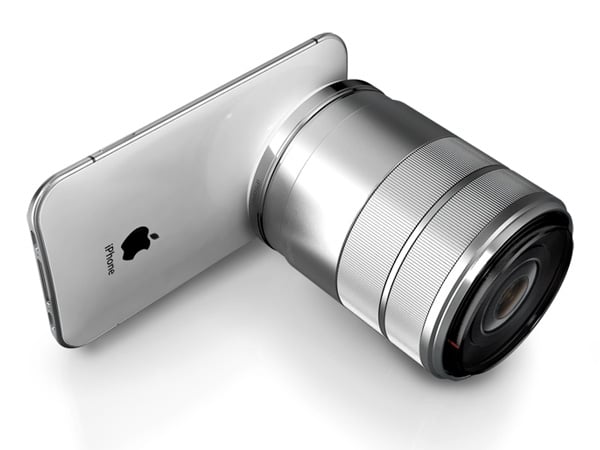Technology-Best Android Mobiles That Are Up Coming in Future--By Tech Studio

There are always new Android phones coming out, but this is one of the most critical times. With the holidays behind us, OEMs are prepping their 2016 lineup for release. There are some amazing phones coming out in the next few weeks and months. The last thing you want is to drop hundreds on a new device only to feel behind the times a few days later.
Let’s figure out what’s worth waiting for and when you’ll see it.
Samsung Galaxy S7
Every year the release of Samsung’s flagship Android phone is a big deal, and this year will be no exception. After last year’s well-reviewed Galaxy S6, many are hoping the company brings back some of the features it dropped from that device. On at least one count, the rumors seem to offer hope. There are alsosome interesting new quirks this time around.
According to a recent report, the GS7 will sport another 5.1-inch Super AMOLED at 2560×1440. The curved Edge variant will be a very different device, though. This one will have a 5.5-inch curved AMOLED at the same resolution. Both phones will introduce additional always-on screen functionality like Motorola or LG have been using.

The battery still won’t be removable, but Samsung will reportedly bump the capacity to 3000mAh in the GS7 and 3300mAh in the Edge variant. Samsung will also go back to Qualcomm for the SoC this year with the Snapdragon 820. However, some international versions of the phone might still have Exynos chips. Samsung will bring back the microSD card slot too, but possibly only on the non-Edge model.

The camera might back off to just 12MP from the 16MP Samsung has used for the last two years. However, it should have better low-light performance than any sensor on the market. The Galaxy S7 will probably be announced at Samsung’s Unpacked event in February, but it’ll be a few more weeks at least before it goes on sale anywhere.

The camera might back off to just 12MP from the 16MP Samsung has used for the last two years. However, it should have better low-light performance than any sensor on the market. The Galaxy S7 will probably be announced at Samsung’s Unpacked event in February, but it’ll be a few more weeks at least before it goes on sale anywhere.
LG G5
LG has been playing second fiddle to Samsung for the last few years, but the LG G4 won a lot of fans by offering features that Samsung was ditching like a removable battery and microSD card slot. With the LG G5, the company is looking to be known for some new distinct features. One notable change — this phone is said to have a metal frame, which LG has thus far avoided.


This phone is rumored to be taking some cues from the recently released LG V10. The G5 will have two cameras on the back for capturing 135-degree ultra-wide-angle photos. The V10 does that with the front cameras. LG may also add an RGB color sensor to the camera module to assist with scene detection and focus. The G5 LCD is said to be slightly smaller at 5.3-inches to make room for a secondary ticker display, similar to the V10. This screen will display notifications and the time when the display is off, and has expanded notification text and app links when it’s on.
LG is expected to slim down the battery to just 2800mAh, but it will still be removable. That might not be an issue with the smaller screen and more efficient SoC. The real hardware quirk could be a so-called “Magic Slot.” This is a hardware expansion slot that can be used to add things like a 360-degree camera, audio amp, and more. Expect to see some demos of this feature, if it exists, when the G5 is announced in February or March.
HTC One M10
HTC’s 2016 plans have been less leaky than Samsung’s and LG’s as of late, but a few less reliable reports have surfaced. What we’ve heard so far is that the upcoming HTC flagship (possibly called the M10 or O2) will again show off HTC’s unibody metal design, but it will be closer in shape to the recently released A9. On the back will be a fingerprint sensor and a camera that is hopefully not terrible this time.


The phone is expected to have a 1440p LCD this time, powered by a Snapdragon 820 SoC. The Snapdragon 810 dragged the M9 down last year more heavily than most phones. It heated up very quickly. To counter the mediocre battery life of last year’s model, HTC is rumored to be planning a 3500mAh non-removable battery.
This phone is expected to come out in the spring along with the LG and Samsung flagships. This might be HTC’s last shot to make a high-end phone people will want to buy.
Nextbit Robin
Kickstarter smartphones are frequently disastrously delayed (see, the Saygus V2).However, Nextbit says its $399 Robin smartphone is going to ship for real next month. This is a cloud-first smartphone that relies on intelligent offloading of apps and data to the cloud. That leaves you with more local space, and the phone will reach out and grab your data automatically when you need it.


The Robin has a Snapdragon 808 processor, 3GB of memory, and 32GB of storage (with an extra 100GB in the cloud). The 5.2-inch 1080p LCD and 13MP camera are about what you’d expect from a middle-high tier smartphone. It will apparently ship with Android 6.0 Marshmallow, which is a good start for this new company.
The version that ships next month will be GSM only, with a CDMA variant following later. Additionally, it’s just the first set of backers getting their phones. Other backers and anyone else who wants to pick up a Robin will have to wait.
Google Project Ara
Yes, Project Ara seemed like an elaborate joke when it was first announced. Was it April 1st? No? Huh. The Ara modular phone was inherited by Google when it took over Motorola’s ATAP group before selling the rest of the company off to Lenovo, and it’s not hard to see why it held onto this division. Ara is one of those moonshot things Google loves so much, but Google has been talking about Ara becoming a real product in early 2015.I don’t know about that, but it’s almost certainly making an appearance at Google I/O 2015 in May.


The core of Ara will have a screen attached to a frame which accommodates a variety of hardware modules for RAM, storage, batteries, cameras, and more. Even wacky niche stuff like projectors could be attached. You will be able to build the phone you want, and upgrade it as new modules come out. To make this work, Google is developing a special branch of Android 5.0 that will support hot-swapping most of these components.
Project Ara will come in several sizes, including small form factors that could cost as little as $15 (before modules). This could be the next big thing.

The future of smartphones: A combination of sensors, machine learning and virtual reality

Imagine you walk by an Italian restaurant and your phone knows exactly where you are. It knows you love gnocchi and you even traveled to Milan recently. It offers you not simply a coupon, but an immersive experience where you get to explore the restaurant virtually to see what people are eating and visit the kitchen to see how food is prepared. Tempting?
Over the last decade, smartphones have evolved from simply phones to portable entertainment centers. We use them to text, watch movies, and keep ourselves occupied. Now smartphones are about to evolve further. Sensor data combined with machine learning and virtual reality will usher in new wave of engagement, convenience, and utility. Interestingly enough, much of that technology is sitting inside our phones right now.
Your smartphone is smarter than you think
Most people don’t realize how smart their phones actually are or how much they already know about us. Unlike laptops, modern smartphones are packed with dozens of tiny sensors that enable them to collect all kinds of data on who we are, what we are doing, and the world around us.
Accelerometers and gyroscopes are the sensors we hear about the most. These have the potential to collect data on us even when we are not actively using the phone. But most smartphones also have an image sensor, touch sensor, proximity sensor, and up to 30 other sensors, including GPS for location.
New sensors are being developed all the time. Each one opens the door to new possibilities. Chemists at MIT recently developed a smartphone sensor that detects when food has gone bad. Imagine using your phone to check if the rotisserie chicken you brought home three days ago is still safe?
Sensors make our phones more aware. But sensors themselves only collect the raw data. Putting that data to use requires machine learning. By searching for patterns in the data, intelligent apps can figure out whether you are tall or short, big or little, and even guess at gender. It may sound spooky at first, but not so when you consider how useful apps will become.
Apps of the future think on their own
The most intelligent apps will use sensor-based data to provide contextual information. We have seen examples of this already in first-generation fitness apps that track how fast and how far you are walking or running. And many apps, such as Opentable, Uber, and Yelp, use GPS as their main component to serve information based on our location.
You may already be familiar with Apple’s iBeacon technology, tiny wireless transmitters used widely by retailers, airports and even the NBL and NFL to deliver finely tuned content to your Smartphone based on your location.
Some apps today are even crowdsourcing sensor data for traffic and weather forecasts. Consider how Google gathers smartphone GPS data, and sends it back to users as accurate route-time estimates. Another company, PressureNetis working to pull barometer readings from smartphones to improve weather and climate predictions.
But tomorrow’s mobile apps will employ sensor information to a far greater extent. Theses apps will pick up on patterns and routines and learn a user’s preferences over time. “Anyone can collect data. Finding an automated way to create the meaning of that data is paramount,” says Nils Forsblom, the founder of Adtile, a company working on new ways to use machine learning and virtual reality for marketing.
Future apps will usher in a new level of convenience. Instead of asking for input, they will anticipate your needs. Your phone might send calls to voice mail if you are driving or switch into Airplane Mode when it senses a plane moving on the tarmac. An app might hear people talking in a conference room and ask, ‘Do you want to record the meeting?’
Virtual reality adds a new level of creative engagement
But what happens when you mix sensor data and machine learning with virtual reality? Mobile devices may one day deliver immersive experiences, bringing inanimate objects to life and letting you do things like walk around a sculpture or explore the latest exhibit at a museum.
“The phones of the future might look something like Oculus VR meets iPhone — without the headset,” says Forsblom. Oculus is a headset that delivers virtual reality to the smartphone, but Forsblom predicts smartphones will deliver immersive experiences without the headsets.
Advertising may no longer interrupt whatever you are doing or reading, but take the form of an active engagement. You might use your phone as an extension of yourself to walk through a car showroom. If you see something you like, you can use gestures and motions to explore a car in more detail, get more information, or sign up to a test drive of a vehicle.
“In the future, smartphone hardware and software will work in seamless harmony. Future mobile devices will be a mix of invisible apps for utility, entertainment, virtual reality, and gaming. Mobile virtual reality will be the ultimate input-output ‘device’ and creative medium,” says Forsblom.
The next few years will likely see dozens of new apps that use sensors in all kinds of mind-boggling ways. Our smartphones will become more like a personal assistant that understand our preferences, habits, our likes, and dislikes. And virtual reality has the potential to take that one step further, allowing us to explore places and objects without having to get off the sofa — now that’s convenience.
IPHONE PRO IS UNBELIEVABLY GOOD!
Seems like winter got an extension and crisp Apples are still ruling the roost. Sink your teeth into this gorgeous iPhone PRO Concept! It is designed for users who tend to work with the camera more than any other app! The recent iOS update validates the idea. iPhone Pro features a 4.5 inch wide LCD screen with 2 side buttons. The 1.2megapixel 3D camera notches up the funk by hooking well with a DSLR lens. Projector capabilities, portable speaker and removable hard disk (at the rear), make the phone all the more dishy!
The special ‘mount’ connects the iPhone PRO and DSLR lenses seamlessly.
The special ‘mount’ connects the iPhone PRO and DSLR lenses seamlessly.
Specs:
- 1.2megapixel 3D camera
- 128x73x9.6(mm)
- 4.5inch(1280×800)

iPhone Pro features a 4.5 inch wide LCD screen with 2 side buttons. The 1.2megapixel 3D camera notches up the funk by hooking well with a DSLR lens. Projector capabilities, portable speaker and removable hard disk (at the rear), make the phone all the more dishy!
- 1.2megapixel 3D camera
- 128x73x9.6(mm)
- 4.5inch(1280×800)



No comments: